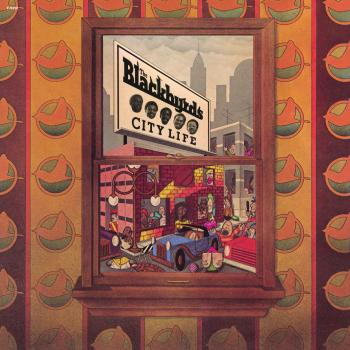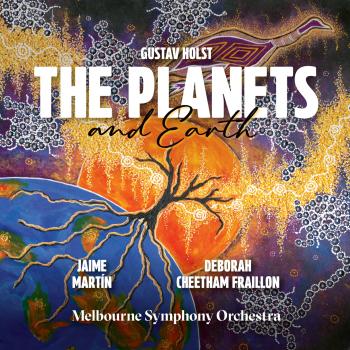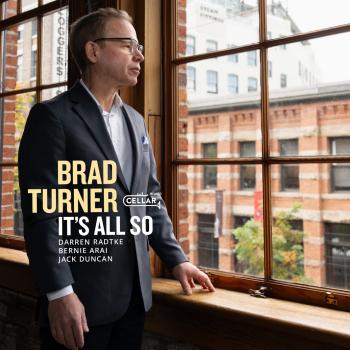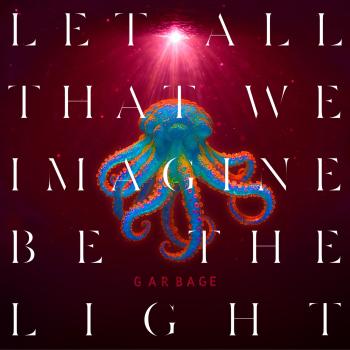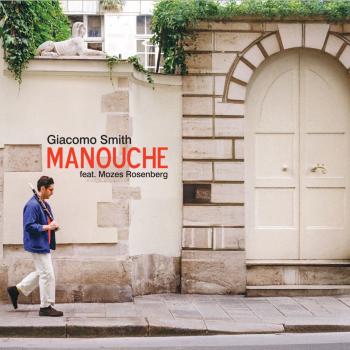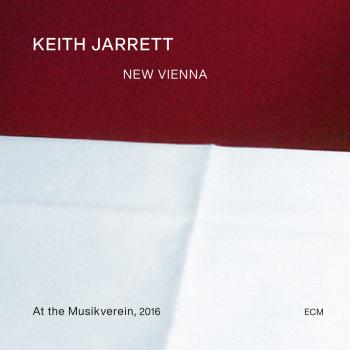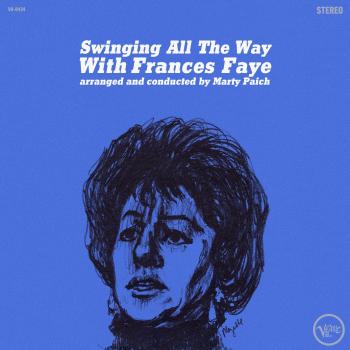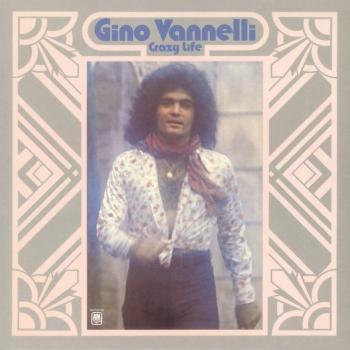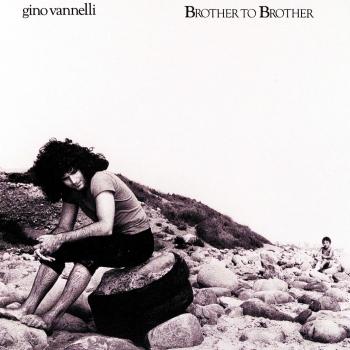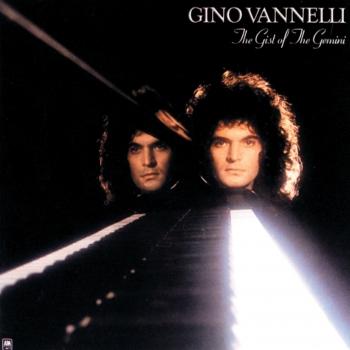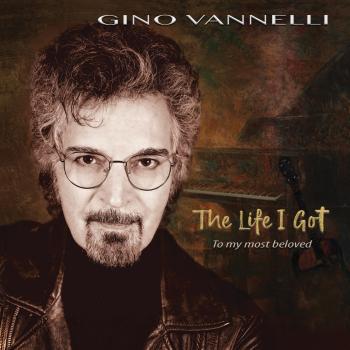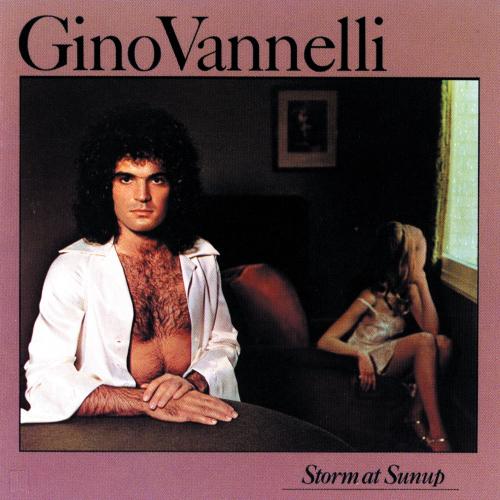
Storm At Sunup (Remastered) Gino Vannelli
Album Info
Album Veröffentlichung:
1975
HRA-Veröffentlichung:
01.10.2021
Das Album enthält Albumcover
Entschuldigen Sie bitte!
Sehr geehrter HIGHRESAUDIO Besucher,
leider kann das Album zurzeit aufgrund von Länder- und Lizenzbeschränkungen nicht gekauft werden oder uns liegt der offizielle Veröffentlichungstermin für Ihr Land noch nicht vor. Wir aktualisieren unsere Veröffentlichungstermine ein- bis zweimal die Woche. Bitte schauen Sie ab und zu mal wieder rein.
Wir empfehlen Ihnen das Album auf Ihre Merkliste zu setzen.
Wir bedanken uns für Ihr Verständnis und Ihre Geduld.
Ihr, HIGHRESAUDIO
- 1 Storm At Sunup 06:37
- 2 Love Me Now 03:44
- 3 Mama Coco 03:06
- 4 Father And Son 03:13
- 5 Where Am I Going 07:47
- 6 Keep On Walking 03:49
- 7 Love Is A Night 03:51
- 8 Gettin' High 03:25
Info zu Storm At Sunup (Remastered)
Storm at Sunup is the title of the third album and opening track of Italian-Canadian jazz-pop singer-songwriter, Gino Vannelli, and was produced by Vannelli and his brother Joe. Unlike his other albums, Storm at Sunup is a jazz fusion album with much less pop influence.
"In the mid-'70s, Vannelli automatically got to the forefront of R&B due to his soulful vocals and the melodic musical arrangements. The only problem with work of Vannelli is that it often veered from the ridiculous to the sublime with absolutely no middle ground. On the bright side, whenever his lyrics hit the right note they were matched by his near-operatic vocals. 1975's Storm at Sunup, his third A&M effort, offers a lot of instances on the yin and yang. The atmospheric "Love Me Now" perfectly captures Vannelli as one of the more wishy-washy and self-absorbed singers as he croons "take me as I am/the storm in your life." The album's best song, "Keep on Walking" beautifully captures a sense of bleak romanticism as Vannelli turns in a mesmerizing vocal. The ARP heavy sound that typified his early work shows up on "Love Is a Night," and it has some tricky chord changes as he recounts his conquests. The clumsy lyrics of "Mama Coco" and "Gettin' High" are so bad they are nearly embarrassments. While those songs are odd, the best of Storm at Sunup certainly captures Vannelli's classic mid-'70s sound." (Jason Elias, AMG)
Gino Vannelli, lead and backing vocals
Joe Vannelli, acoustic piano, electric piano, synthesizers
Richard Baker, organ, synthesizers, synth bass
Jay Graydon, electric guitars
Graham Lear, drums
John J. Mandel, percussion
Sergio Pastora, congas, talking drum
Don Bailey, harmonica
Jerome Richardson, tenor saxophone, soprano saxophone
Ross Vannelli, backing vocals
Sally Stevens, backing vocals
Produced by Gino Vannelli, Joe Vannelli
Digitally remastered
Gino Vannelli
has remained one of the most distinctive voices in contemporary music having sold over 20 million records worldwide. From rock, to jazz, to soul, even classical, he’s left no musical stone unturned. Starting his career in 1973, he was one of the first Caucasian artists to perform on Soul Train and toured with the legendary Stevie Wonder. He gained momentum with his first single, “People Gotta Move” in 1974 and continued to make waves as he releases his hit single, “I Just Wanna Stop” reached #1 in Canada and #4 in US on Billboard’s Hot 100. The single garnered GINO a Grammy Award-nomination for “Best Male Pop Vocal Performance” in 1978. In 1979, he won his second Juno Award for “Best Male Vocalist” and continued to churn out hits including the Top 10 singles “Living Inside Myself” (1981) and “Wild Horses” (1987).
GINO caught the attention of Pope John Paul II with his 2001 song “Parole Per Mio Padre” (Words For My Father) and performed it for the Pope himself at the Vatican. He then released Canto (BMG) in 2003 which featured contemporary classical songs sung in English, Italian, Spanish and French.
In 2013, GINO performed for the first time in over 15 years in Los Angeles, CA at the historic Saban Theater which was recorded and released as a CD/DVD compilation, Live In LA, in 2014 and charted at #1 on Amazon. In 2021, GINO released his latest album, More that A Good Thing, which contains a contemporary remake of “The River Must Flow” (from his Gold-certified 1976 album Brother To Brother) featuring Brian Mcknight on backing vocals and Michael Phillips on talk box.
Some things get better with age and GINO is living embodiment of that sentiment. Whether performing piano-voice concerts in theaters, singing before symphony orchestras in concert halls, big bands or a pop ensemble, to throngs of enthusiastic fans, GINO remains impassioned and true to his art as ever. His standing as a powerful and innovative live performer have seen him continue to perform sold-out shows across the globe.
Dieses Album enthält kein Booklet

